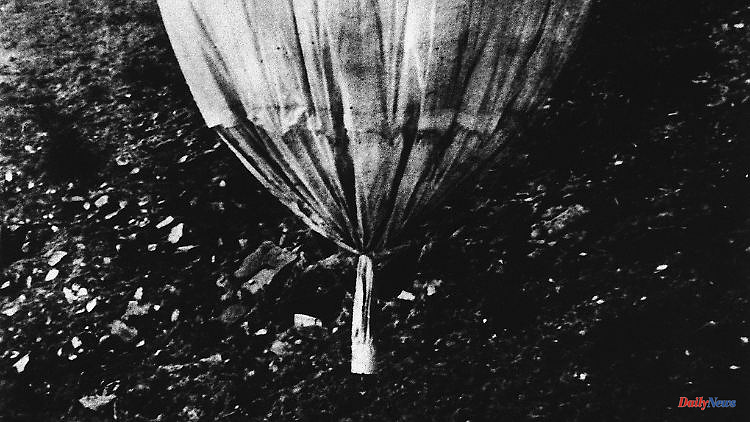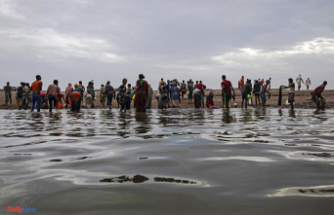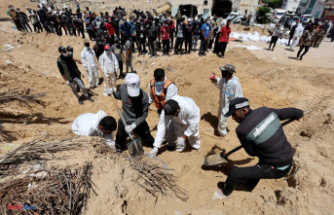Balloons are slow, sluggish, and great targets, yet they still play a role in the military to this day. China allegedly deploys spy balloons over the US. But as early as World War II, Japan recognized the potential - and sent thousands of balloon bombs across the Pacific.
A balloon throws the USA into an uproar: In early 2023, the superpower has to watch idly as a huge balloon enters its airspace 18 kilometers up and flies across the entire country. It was not attempted to be launched until a few days later, when the suspected spy balloon from China was once again floating over the open sea. However, it would not be the first time that an Asian state has used balloons to take on the United States.
In 1944, the Japanese Empire was falling behind in World War II. US bombers attacked its heartland. And since Japanese bombers could not reach the USA due to a lack of bases, the focus was on: balloons. With the right airflow, they can cover great distances without having to refuel. From November 1944, Japan let balloons rise and fly across the Pacific at an altitude of 9,000 meters using a jet stream. Attached to them were incendiary bombs and an anti-personnel bomb.
Almost 10,000 of the balloons called "Fu Go" rose in Japan. They were supposed to start wildfires and kill people in North America. However, due to the unpredictability of the jet stream, only about 300 reached the north-west of the USA - and caused only minor damage. The only fatalities were a pregnant woman and five Sunday school children, ages 11 to 14. On May 5, 1945, they discovered a balloon bomb in the forest in southern Oregon. When the kids dragged her out, she exploded. They were also the only victims of the war on the US mainland.
The Japanese original plan: The balloons were intended to tie up US resources and create confusion. In fact, the USA and Canada put almost 500 planes on the balloons - but only two of the flying bombs could be shot down. To avoid panic among the population, the US government banned reporting on the phenomenon. Japan didn't learn anything about the effect of their balloon bombs either - the program was finally discontinued after five months.
But the Japanese were not the first to use balloons for military purposes. One of the earliest military uses was in 1794, when the French army launched a balloon over a besieged Belgian town to reconnoiter enemy positions from the air. During the American Civil War (1861 to 1865), aerial reconnaissance using balloons was significantly further developed. The Union troops even had their own balloon corps that observed the movements of enemy troops.
Military balloons reached their peak during the First World War. From here observers could, for example, correct the artillery fire of their own troops. During the Second World War, Great Britain used barrage balloons to protect British cities against German air raids. They were also used during the Normandy landings. After the Second World War there were other military balloon projects: The USA flew balloons at high altitude for reconnaissance over Eastern Europe, the Soviet Union and China.
The Japanese balloon bombs even inspired the USA to create its own weapon of a similar design: At the beginning of the Cold War, a balloon codenamed E77 was developed that was intended to covertly release biological warfare agents over China or the Soviet Union. When flying over enemy territory, a container should open, dropping feathers treated with fungal spores: the fungus called grain black rust should infect and destroy grain crops over a wide area. None of these balloons ever take off, and the project was scrapped in the early 1960s.
Even today, balloons still play a role in the defense strategy of various states. The USA, for example, used captive balloons for spatial surveillance in Afghanistan. At times, a balloon equipped with several cameras hovered over Kabul. And it is possible that China has now also discovered the advantages of balloons for reconnaissance - even if Beijing has so far denied that the balloon discovered over the USA was pursuing purposes other than peaceful.
(This article was first published on Tuesday, February 14, 2023.)












